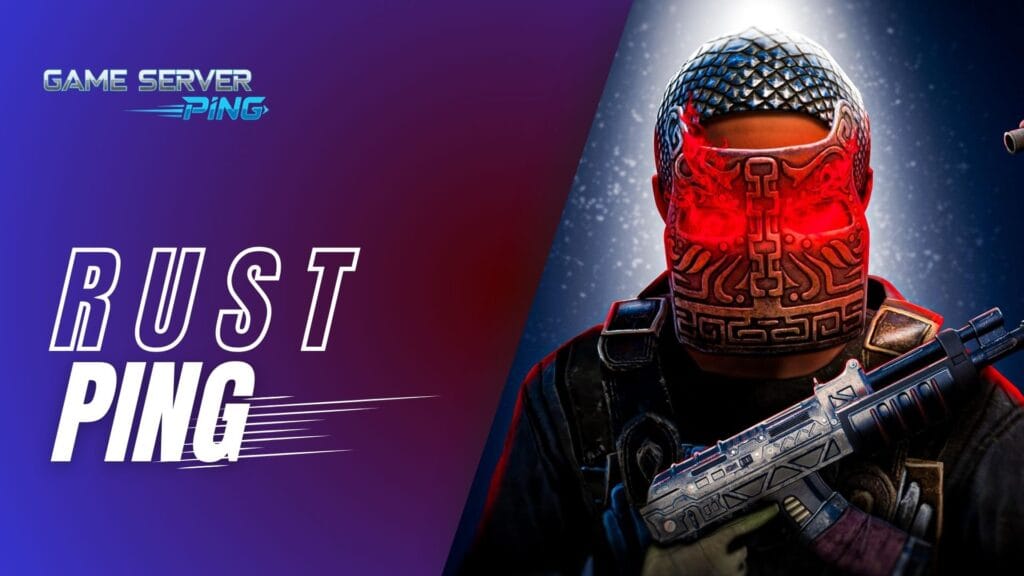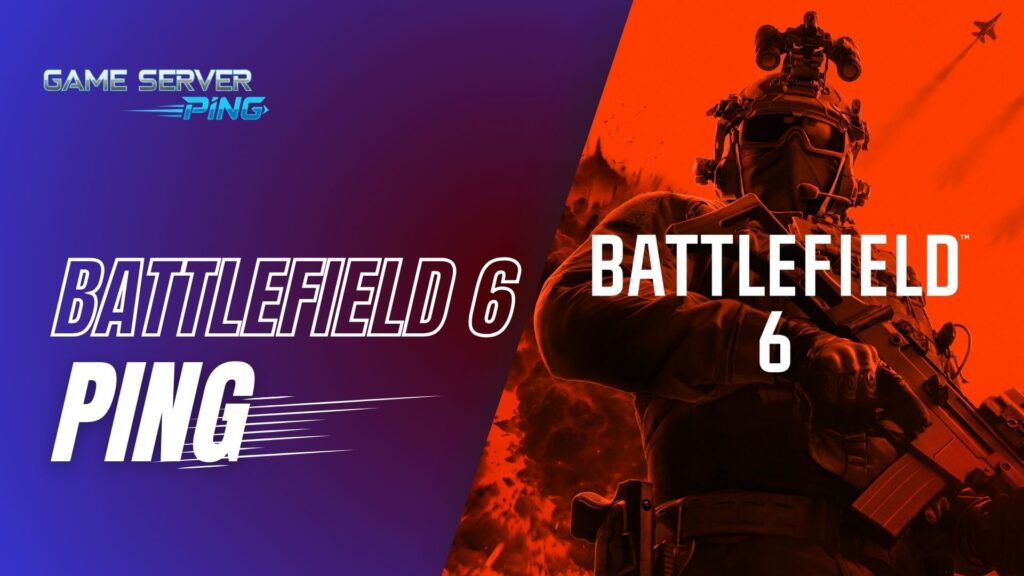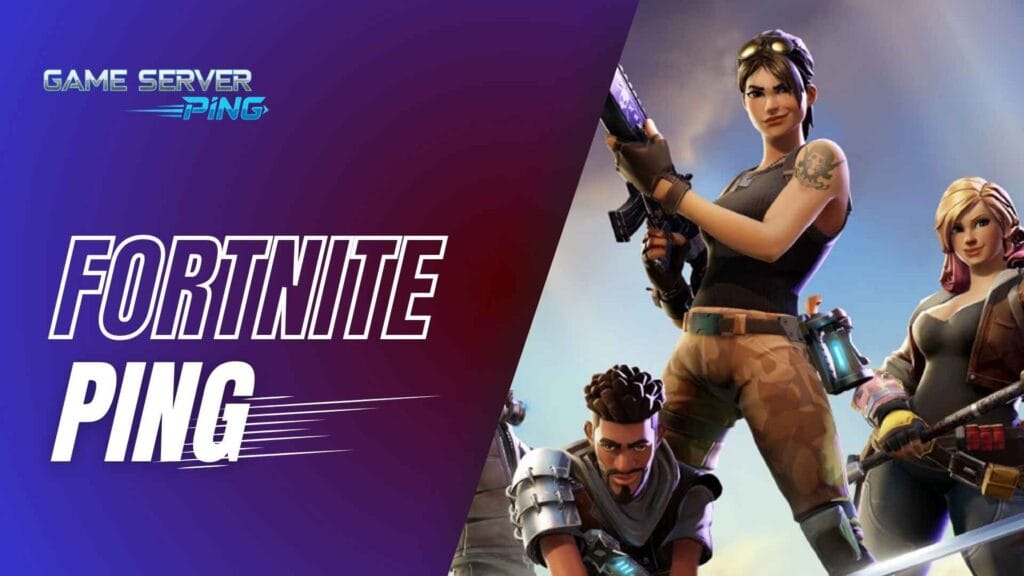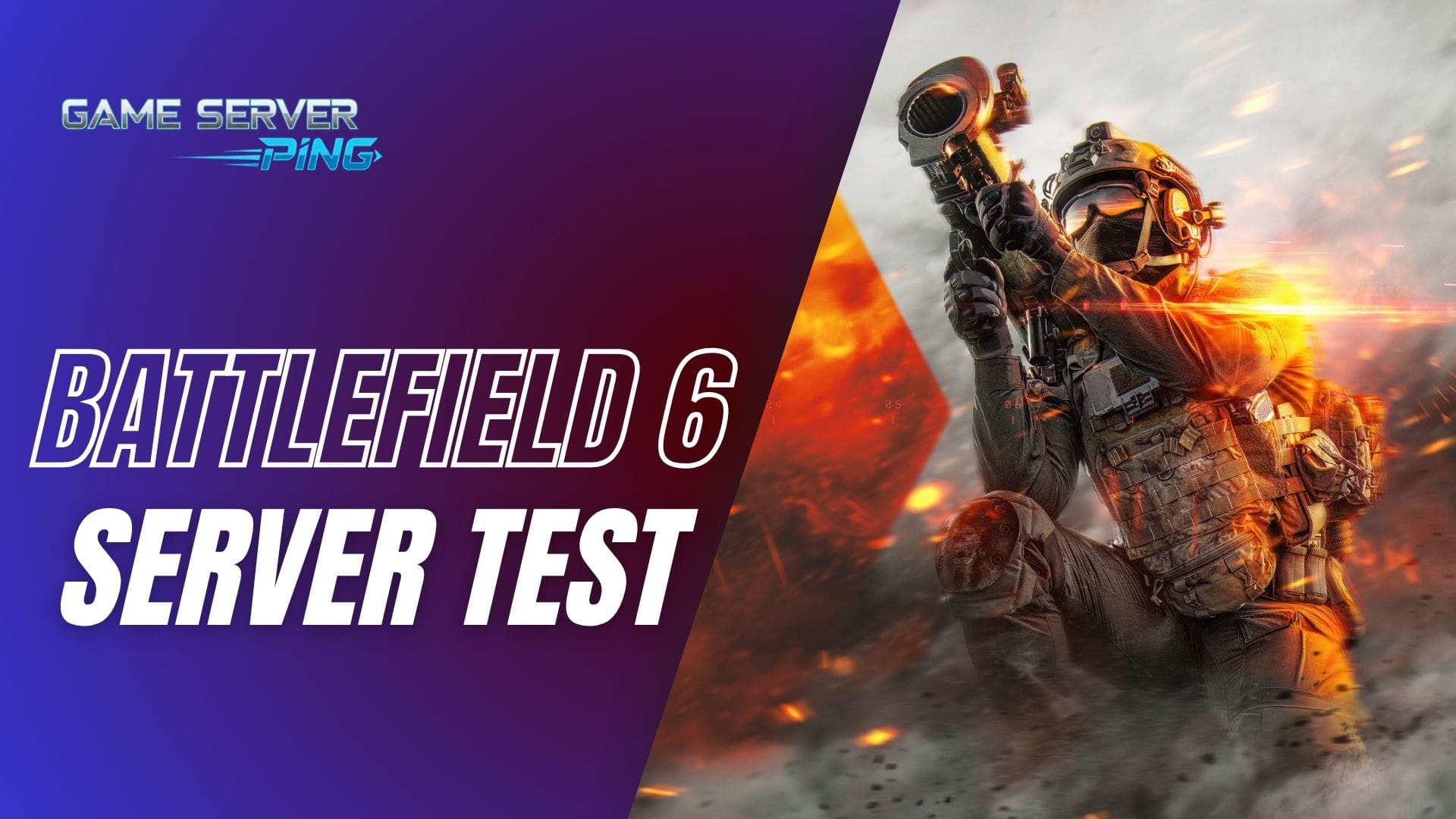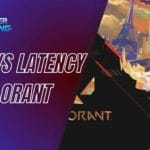Now Reading: Counter Strike 2 Ping Test Live – Check 16+ Server Regions Online
- 01
Counter Strike 2 Ping Test Live – Check 16+ Server Regions Online
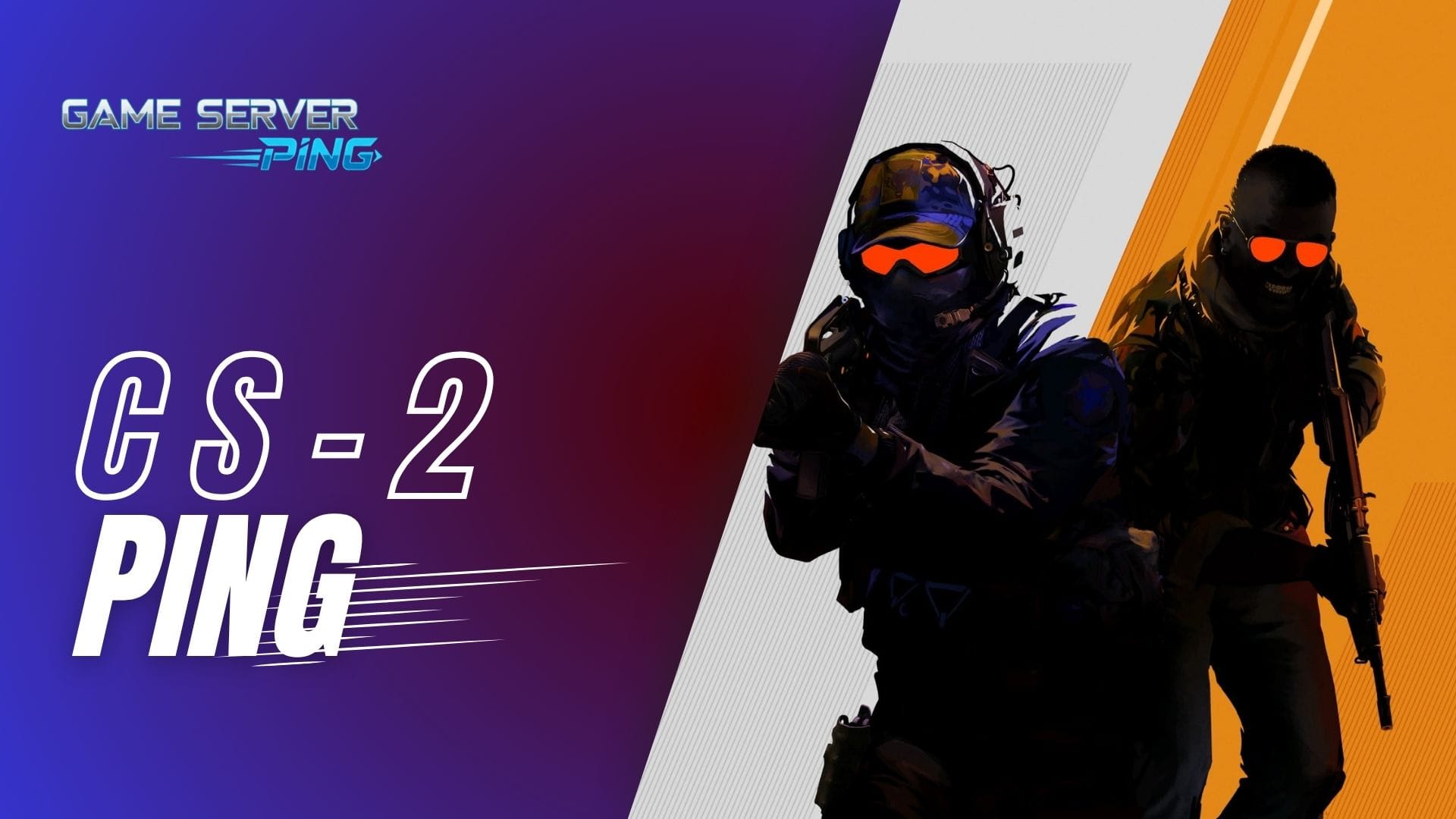
Counter Strike 2 Ping Test Live – Check 16+ Server Regions Online
When you’re searching for a CS2 ping tester or Counter Strike 2 ping check live tool, you need accuracy, speed, and comprehensive regional coverage—and that’s exactly what our tool delivers. Unlike basic ping checkers that only test one or two servers, our CS2 ping test simultaneously measures your connection quality across all major gaming regions worldwide, giving you a complete picture of your network performance before you queue into competitive matches.
Before diving into your CS2 ping test, it’s worth running a quick internet speed test to ensure your baseline connection is healthy, and checking your ISP provider to understand any potential routing issues that might affect your gameplay.
Why This CS2 Ping Test Tool Stands Above the Rest
Our Counter Strike 2 live ping test tool isn’t just another basic connectivity checker—it’s built specifically for competitive gamers who need precision. The tool performs continuous real-time measurements across 17 major server locations spanning North America, Europe, Asia, Middle East, Africa, and Oceania. What sets this apart is the dual-metric system: you’re not just seeing a single ping value, you’re getting average latency AND jitter measurements, which together paint a complete picture of connection stability.
The automatic sorting feature instantly identifies your best server options, while the continuous testing every three seconds ensures you’re seeing live, accurate data—not outdated snapshots. This matters tremendously in Counter Strike 2 where milliseconds determine whether your AWP shot connects or you’re watching the killcam.
Check Counter Strike 2 Server Ping Live
Counter Strike 2 Live Ping Test
Test your Counter Strike 2 ping online instantly with this free live ping test tool for PC players. Check your real-time server latency across major regions like North America, Europe, Asia, South America, the Middle East, and Oceania to enjoy lag-free gameplay, stable connections, and optimized performance in every match.
 NA East (Virginia)
NA East (Virginia) NA East (Ohio)
NA East (Ohio) NA West (California)
NA West (California) NA West (Oregon)
NA West (Oregon) EU West (Dublin)
EU West (Dublin) EU West (London)
EU West (London) EU West (Paris)
EU West (Paris) EU Central (Frankfurt)
EU Central (Frankfurt) EU North (Stockholm)
EU North (Stockholm) Africa (Cape Town)
Africa (Cape Town) Middle East (Bahrain)
Middle East (Bahrain) Middle East (UAE)
Middle East (UAE) India (Mumbai)
India (Mumbai) Asia (Tokyo)
Asia (Tokyo) Asia (Seoul)
Asia (Seoul) SEA (Singapore)
SEA (Singapore) Oceania (Sydney)
Oceania (Sydney)
Optimal Ping Ranges for Counter Strike 2 Performance
Understanding what your ping numbers actually mean for gameplay is crucial for setting realistic expectations and making informed server choices. Different latency ranges create distinctly different gameplay experiences in Counter Strike 2, from professional-level responsiveness to unplayable lag.
| Ping Range | Performance Level | Gameplay Experience | Competitive Viability |
|---|---|---|---|
| 0–20ms | Exceptional | Zero noticeable delay, instant hit registration, perfect peekers advantage | Professional/Tournament level |
| 21–40ms | Excellent | Minimal delay, excellent responsiveness, optimal for ranked play | Highly competitive, esports ready |
| 41–60ms | Very Good | Slight delay but highly playable, good hit registration | Competitive ranked play |
| 61–80ms | Good | Noticeable but manageable delay, requires minor adjustment | Casual competitive, lower ranks |
| 81–100ms | Playable | Clear delay in actions, noticeable disadvantage in gunfights | Casual play only, significant handicap |
| 101–150ms | Poor | Significant lag, difficult precise shooting, frustrating experience | Not recommended for competitive |
| 151–200ms | Very Poor | Severe delay, hit registration issues, peekers disadvantage | Barely playable, casual only |
| 200ms+ | Unplayable | Extreme lag, rubber banding, constant desync issues | Avoid competitive matches entirely |
Jitter Considerations: Even within optimal ping ranges, high jitter (variance above 20ms) can make connections feel unstable. A 40ms connection with 5ms jitter performs better than a 30ms connection with 40ms jitter. Always prioritize stability over the lowest absolute ping number when choosing servers.
Regional Context: Players in geographically isolated regions (rural areas, island nations, remote locations) may need to accept higher baseline ping. In these cases, focus on finding the most stable connection rather than chasing unrealistic low-ping targets, and ensure jitter remains as low as possible.
Comprehensive Global Server Coverage for CS2 Players
The tool tests your connection against premium-grade infrastructure across five continents. In North America, you’ll see results from four strategic locations covering both coasts—Virginia and Ohio on the East, California and Oregon on the West. This granular regional testing helps you determine whether connecting to West Coast servers from a Central location might actually give you better performance than the geographically “closer” East Coast.
European players benefit from extensive coverage across the continent: Dublin and London for Western Europe, Paris for French connections, Frankfurt as the Central European hub, and Stockholm covering Nordic regions. This density of testing points means you can make informed decisions about which CS2 server cluster will give you the competitive edge.
Asian and Oceanic regions are equally well-represented with testing points in Mumbai, Tokyo, Seoul, Singapore, and Sydney. Middle Eastern players can check latency through both Bahrain and UAE endpoints, while African gamers get dedicated testing through Cape Town infrastructure.
Understanding Your CS2 Ping Test Results
When you hit the “Check CS2 Ping Test” button, the tool springs into action across all server locations simultaneously. Within seconds, you’ll see real-time latency measurements appearing next to each region, color-coded for instant interpretation. Green indicators signal optimal performance zones (under 200ms), yellow suggests playable but less ideal conditions (200-300ms), orange warns of noticeable lag (300-399ms), and red flags problematic connections.
But the raw ping number is only half the story. The tool also calculates and displays average latency and jitter values beneath each server. This jitter measurement—the variance in your ping over time—is crucial for CS2 players. A server showing 80ms average with 5ms jitter will feel significantly more responsive than one showing 70ms average with 40ms jitter, because consistent latency allows your client to better predict and compensate for network delay.
The continuous three-second testing cycle means you’re seeing how your connection performs over time, not just a lucky single measurement. This helps identify connection instability that might not show up in a one-time test but will absolutely ruin your competitive CS2 experience.
Strategic Server Selection for Competitive Advantage
The automatic sorting feature reorders servers based on actual performance, with the best-performing connection highlighted with a golden outline. This isn’t always the geographically nearest server—routing complexities, ISP peering arrangements, and network congestion can mean a server that’s technically farther away delivers better real-world performance.
For players who compete in multiple games, you might want to cross-reference these results with tools like the Valorant ping test or Apex Legends ping checker, as different games sometimes route through different infrastructure even within the same region.
Optimizing Your CS2 Connection Quality
Once you’ve identified your optimal servers through the ping test, you can take concrete action. In Counter Strike 2’s matchmaking settings, you can adjust your maximum acceptable ping and preferred server regions. If your test shows North American West servers at 45ms but East servers at 85ms, restricting your queue to West Coast servers trades slightly longer queue times for significantly better in-game responsiveness.
The tool’s jitter measurements also help diagnose network issues. Consistently high jitter suggests problems like Wi-Fi interference, ISP throttling, or overloaded home network equipment—issues you can address through hardware upgrades, wired connections, or ISP troubleshooting.
Regional Performance Patterns in Counter Strike 2
Different regions exhibit distinct connectivity characteristics. North American players typically see tight ping clustering between West and East Coast servers, with transcontinental differences around 60-80ms. European players often enjoy exceptional connectivity across the entire continent, with intra-European pings rarely exceeding 50ms thanks to excellent infrastructure.
Asian players might notice significant variance—Tokyo to Seoul connections are typically excellent, but connecting from Southeast Asia to North Asian servers can show surprising latency due to submarine cable routing. Oceanic players, particularly in Australia and New Zealand, often face higher baseline latency to most global servers simply due to geographic isolation, making the identification of optimal Asian connection points crucial.
Players interested in other competitive FPS titles can compare their CS2 results with Fortnite ping testing or Call of Duty Mobile latency checks to understand how different games’ infrastructure affects their specific geographic location.
Troubleshooting Poor CS2 Ping Test Results
If your test reveals consistently high latency across all regions, the issue likely sits between your device and your ISP rather than with CS2’s servers. Start by testing over a wired Ethernet connection instead of Wi-Fi—wireless interference alone can add 20-50ms of latency and significant jitter.
Background downloads, streaming services, or other devices consuming bandwidth can severely impact results. Close all unnecessary applications and ensure no other devices are streaming or downloading during your test. If problems persist across all servers, your ISP may be experiencing issues or throttling gaming traffic.
Routing problems sometimes cause unusual results where geographically distant servers perform better than nearby ones. In these cases, using a gaming VPN to different routing paths can occasionally improve performance, though this is a last resort as VPNs typically add latency rather than reduce it.
Comparing CS2 Connectivity Across Gaming Titles
Counter Strike 2’s network requirements are particularly demanding compared to many other titles. The game’s precise hitbox detection and 64-tick or 128-tick server rates mean connection quality matters more than in games with larger hitboxes or more client-side prediction. A ping that feels acceptable in GTA V or NBA 2K26 might feel significantly worse in CS2’s competitive environment.
Players transitioning from MOBAs like League of Legends often notice CS2 feels more latency-sensitive despite LoL also being competitive. This is because first-person shooters require moment-to-moment reactive precision, while MOBAs involve more strategic decision-making where slightly higher latency is less impactful.
Real-Time Monitoring for Consistent Performance
The continuous testing functionality means you can leave the tool running during your gaming session to monitor connection stability. If you’re experiencing lag spikes or inconsistent hit registration in CS2, having the ping test running on a second monitor can help you determine whether the issue is your connection (shown by sudden ping spikes) or server-side problems (your ping remains stable but gameplay feels off).
This real-time monitoring is particularly valuable during peak gaming hours when network congestion from your ISP or at server locations can cause performance degradation. If your normally excellent 35ms connection to Frankfurt suddenly shows 95ms and high jitter at 8 PM, you’re seeing real-world congestion that affects everyone on that routing path.
For players concerned about whether servers themselves are experiencing issues, checking dedicated server status pages like Valorant server status or Fortnite server status for other games can provide broader context about regional infrastructure problems.
Maximizing Your Competitive CS2 Experience
Using this ping test tool before your competitive sessions should become as routine as warming up your aim. Network conditions vary throughout the day based on ISP traffic patterns, regional internet usage, and even weather affecting physical infrastructure. Testing before each session ensures you’re always connecting to optimal servers.
The data you gather over multiple tests also helps identify patterns—maybe your connection to Asian servers is consistently better during your early morning hours, or European servers show better stability on weekends. This intelligence lets you strategically time your competitive play for optimal connection conditions.
The difference between 30ms and 80ms latency might seem minor on paper, but in Counter Strike 2’s competitive landscape, it’s the difference between winning gunfights and watching killcams. Every pixel of peekers advantage matters, and connection optimization is one of the few competitive edges entirely within your control.
Beyond Basic Connectivity Testing
While this tool focuses specifically on Counter Strike 2 performance, the infrastructure it tests against represents the backbone of modern online gaming. The latency patterns you observe here generally apply across most competitive online games since many share similar server infrastructure and routing paths.
Understanding your connectivity profile—which regions give you optimal performance, which show excessive jitter, which are borderline playable—empowers better decision-making across your entire gaming library. The 45ms you see to Oregon servers here probably translates to similar performance in Battlefield 6 or other West Coast-hosted games.
This knowledge also helps when troubleshooting issues in other titles. If your CS2 ping test shows perfect connectivity but you’re experiencing lag in a specific game, you know the problem lies with that game’s specific infrastructure rather than your general internet connection, helping you provide more useful information when seeking technical support.
Making Data-Driven Server Decisions
The comprehensive regional coverage and dual-metric system transform server selection from guesswork into data-driven decision-making. Instead of assuming the geographically closest server is best, you have empirical evidence showing actual performance. Instead of wondering why your shots aren’t connecting, you can see whether 60ms jitter is causing timing inconsistencies.
This ping test tool gives Counter Strike 2 players the visibility needed to optimize one of the most crucial but often overlooked aspects of competitive performance—network quality. In a game where milliseconds and precision matter, ensuring optimal server connectivity isn’t optional for serious players—it’s foundational to competitive success.
Why is my ping test result different from my in-game CS2 ping?
Server ping tests measure pure network latency to server infrastructure, while in-game ping includes additional factors like frame processing, graphics rendering, input lag, server tick rate calculations, and game engine overhead. Your in-game ping will typically be 10-30ms higher than the raw server ping test shows.
Should I test my ping on WiFi or Ethernet?
Always test on the same connection type you’ll use for gaming. Ethernet provides more accurate and stable results. If you test on WiFi but game on Ethernet, your actual performance will be better than the test shows, and vice versa.
How often should I run a CS2 ping test?
Test before each competitive session, especially during different times of day. Network congestion varies significantly between peak hours (evenings/weekends) and off-peak times (early mornings/weekdays), which can impact your server selection.
Can I improve my ping by changing CS2 in-game settings?
No, in-game graphics or gameplay settings don’t affect network ping. However, lowering graphics settings can reduce input lag and improve your overall responsiveness, making the same ping feel more playable.
What causes ping spikes during the test?
Ping spikes usually result from network congestion, Wi-Fi interference, background downloads, other devices on your network, ISP throttling, or poor router performance. Consistent spikes indicate a problem that needs addressing.
Is 100ms ping playable in Counter Strike 2?
While technically playable, 100ms puts you at a significant competitive disadvantage. For optimal CS2 performance, aim for under 50ms. Between 50-80ms is acceptable for casual play, but competitive players should target the lowest available servers.
Why do I get better ping to farther servers sometimes?
Internet routing doesn’t follow straight geographic lines. Your ISP’s peering agreements, undersea cable paths, and internet exchange points mean data sometimes takes more efficient routes to distant locations than nearby ones.
Does VPN improve or worsen CS2 ping?
VPNs typically add 5-40ms latency due to extra routing and encryption. However, if your ISP has poor routing to game servers, a VPN might occasionally provide a better path. Test with and without to confirm.
What’s more important: low ping or low jitter?
Both matter significantly. A stable 60ms connection with low jitter often feels better than an unstable 40ms connection with high jitter. Consistency allows your brain to adapt to the delay, while jitter causes unpredictable hit registration.
Can multiple people testing simultaneously affect results?
No, the ping test uses minimal bandwidth (just small data packets). However, if someone else on your network is streaming, downloading, or gaming simultaneously, that will significantly impact your test results and should be stopped during testing.



